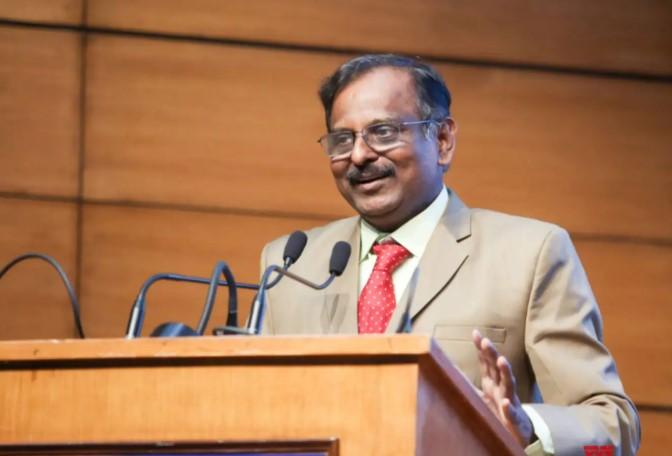India’s Gaganyaan programme, aimed at sending Indian astronauts into space and returning them safely to Earth, is progressing steadily, with the first crewed mission targeted for the last quarter of 2025, ISRO Chairman V Narayanan announced today.Speaking to media at the inauguration of the Hydrogen Fuel National Workshop in Bengaluru, he said that about 80 to 85 per cent of the development work for the programme has already been completed.
“The first uncrewed mission is scheduled for December this year. Instead of humans, we will send a humanoid to test the spacecraft systems. This will be followed by two more uncrewed missions, after which, guided by the directions of the honourable Prime Minister of India, we are planning the first crewed flight in the first quarter of 2027,” Narayanan said.
While human spaceflight is a major highlight, Narayanan emphasised that ISRO is pursuing multiple directions to benefit the nation. “Gaganyaan is one program, but ensuring the safety and security of every citizen of Bharat is equally important. We are also working to bring advanced space technology to the common man, through Earth observation, navigation, communication, and other applications,” said NarayananSpace technology supports citizens in multiple ways, including food security, water management, fisheries monitoring, television broadcasting, telecommunication, telemedicine, and more,” he said.
In a significant technological development, Narayanan announced that ISRO is working on a 60-70 ton upper stage for rockets, a crucial component for future manned lunar missions. “We are conceiving a rocket capable of carrying humans to the Moon. The upper stage, weighing between 60 and 70 tons, is under development. This is essential to enable heavy payload launches and ensure mission success,” he said.
The upper stage under focus is the liquid oxygen-cryogenic stage, which provides the high thrust necessary to lift large payloads into orbit and beyond.
Narayanan also detailed advancements in rocket propulsion. “We are developing advanced liquid hydrogen-liquid oxygen engines to create more efficient and powerful rockets. These enhancements will enable India to undertake complex missions, including deep-space exploration and human lunar travel,” he added.
Highlighting ISRO’s work on sustainable technologies, Narayanan spoke about hydrogen fuel applications. “Hydrogen is a very clean, green fuel. When used with liquid oxygen in rocket engines, the byproduct is simply water vapor. Hydrogen can also be applied in automobiles, fuel cells, gas turbine engines, and potentially future aircraft engines,” he said.
“It is indispensable for liquid hydrogen-liquid oxygen rocket engines. Workshops like this are very useful for exchanging ideas on design, safety, and handling of hydrogen fuel,” he said.
The Hydrogen Fuel National Workshop is aimed at fostering innovation in sustainable fuel technologies, particularly hydrogen-based propulsion systems. Experts at the workshop discussed cutting-edge solutions that could reduce environmental impact, improve fuel efficiency, and support next-generation space missions.
The workshop also serves as a platform for scientists, engineers, and industry participants to collaborate and share best practices in handling and safety protocols.
Narayanan stressed the broader strategic importance of India’s space programme. “A strong space program is essential for national development, scientific achievement, and positioning India as a major global player in space exploration. These technological advancements are not only critical for mission success but also for inspiring the next generation of Indian scientists and engineers,” he said.




